Tourists and ex-pat residents alike are always surprised to discover artistically designed manhole covers of all kinds as they walk the streets and village lanes of Japan. These are a rare sight outside Japan where, despite their weight, they would probably be stolen.
Where Did Artistic Manhole Covers Come From?
Sewer networks had long existed in Japan until foreign engineers introduced a modernized system in the 19th century. This system consisted of underground sewers with above-ground access points called manholes. Manhole covers were given their name because manholes had to be covered for obvious reasons.
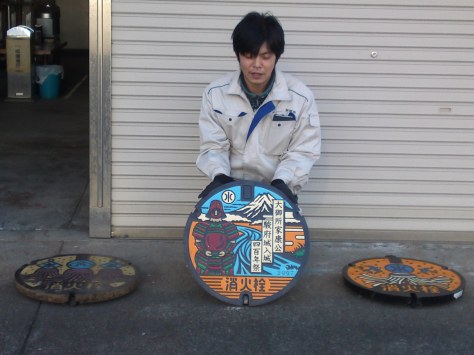

Their initial geometric designs were not that remarkable. However, there was a momentous change in the 1980’s when the Japanese Government planned new sewer systems. All communities would be equipped with new sewer systems that discarded above-ground fire hydrants to enlarge streets and facilitate movement and access. However, this idea was met with heated resistance from some.
Implementing the New Sewer System Plan
broke down some initial resistance to the government’s plan. They hoped these would promote the cities in charge of the covers’ maintenance. Manholes belonging to private electrical supply companies existed before this change. After the change, new manhole covers for sewers, water and fire hydrants suddenly dotted the pavements and streets of Japan.
Eventually, they even became excellent examples of urban art. Not only that, but perhaps most astonishing was that these design efforts were officially organized by municipalities who devised the designs themselves. The first designs appeared in Nagoya City, later to be followed in the whole country.
The municipalities sent their designs to foundries, who cast the designs into wrought iron. The designs used both neutral and bright colors to fill designs thanks to highly resistant compounds. The results are often striking, although errors are still made. Take, for example, a recent mishap with a beautiful design of Shizuoka City’s bird emblem, the kingfisher, for a new fire hydrant manhole cover. The design had to be scrapped when officials realized it would become dangerously slippery in the rain, despite its impressive colors.
The Different Kinds of Manhole Covers in Japan
Let me introduce you to a very limited collection of unique manhole covers in Japan. There are more than 1,700 communities that have one or design across the country! Although this is not a comprehensive list, you may find a favorite.
Architectural Manhole Covers
Some designs feature local and more famous cultural assets such as buildings, bridges, works of art, museums, and the like.

A rare design showing the old Shizuoka City Hall dome on a road maintenance manhole cover is pictured above.
Lastly, this square fire hydrant cover showcases some of the characteristic features of Kobe City in Hyogo Prefecture.
Sports Design on Manhole Covers
Many of the manhole cover designs found in Japan feature sports! The first two designs feature a playful soccer (football) theme!
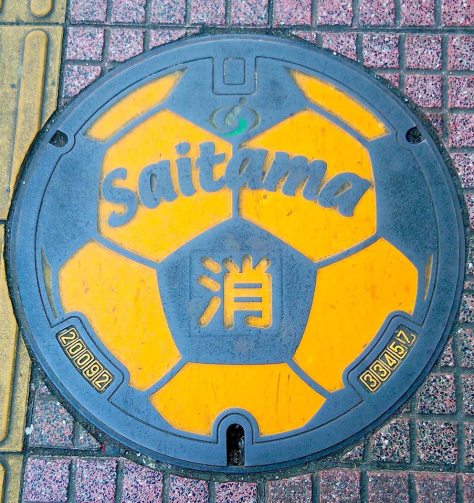
Saitama and its citizens show their support and appreciation for their favorite teams through these unique manhole cover designs.
Another popular sport across Japan is baseball. Thus, the Yokohama Baystars design, pictured below, is a great choice for Yokohama City, Kanagawa Prefecture.
Next, take a look at this interesting design below! You can find this manhole cover in Shizuoka City.
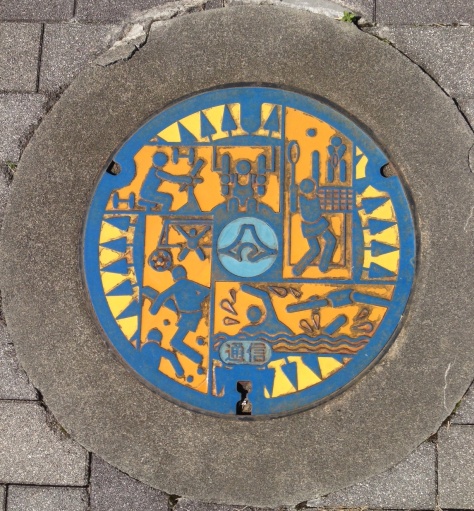
Shizuoka Stadium Ecopa is where some of the FIFA World Cup soccer games were held in 2002 and where some of the Rugby World Cup games were held in 2019. What a great way to bring the city together!

Finally, the fire hydrants manhole covers will provide you with plenty of fun! You may see this unique design in Iwata City, Shizuoka Prefecture.
Manhole Covers Featuring Cultural Assets
The legend of the bamboo cutter on a manhole cover is arguably the most popular design in Japan. Most Japanese people are familiar with this folk tale, and with the bright colors and attractive design, this cover is a wonder!
You can also find commemorative manhole cover designs, which are easily recognizable and quite popular. The example below was installed in 2015 in Shizuoka City to commemorate the death of Tokugawa Ieyasu. The design also highlights the Kunozan Toshogu Shrine and the World Cultural Heritage of Mt. Fuji and Miho Matsubara Beach.
Next, this fire hydrant manhole cover features “Matoi” (Firemen Festival Pole) in Kambara, Shimizu Ku, in Shizuoka Prefecture.
As you can see, several different kinds of manhole cover designs feature cultural symbols, places, and objects.
Mt. Fuji and Nature in Manhole Cover Designs
Now, look at some designs from Shizuoka Prefecture that have too many Mt. Fuji-themed manhole covers to count!

The design above is rare, as it is the only Mt. Fuji manhole cover in Yoshiwara, Fuji City, to commemorate a sacred thermal source!
You can find this design depicting Mt. Fuji and wisteria flowers in Fujieda City, Shizuoka Prefecture. The design is a pun, as “fuji,” albeit written differently, means “wisteria.”
There are too many designs to count for flower lovers! This tachi aoi (hollyhock) design is located in Shizuoka Prefecture and is just one of many floral designs.
Katsuo/bonito occupies an important place in the gastronomy of Yaizu City, Shizuoka Prefecture.
In addition, the design above may be an even better rendition of the same katsuo/bonito theme in the city.
Geometric Cover Designs
Lovers of geometrical designs will have plenty to look at, such as the yellow design below in Yui, Shimizu Ku, in Shizuoka City.
Of course, plenty of designs include several elements of culture, nature, and artistic patterns. A great example is this magnificent dragonfly below, the emblem of Iwata City in Shizuoka Prefecture.
This dragonfly cover design also features an interesting geometric pattern!
The Final Cover Design in My Collection
Now, I’ll conclude with a manhole cover designed with Lord Tokugawa Ieyasu.
Lord Ieyasu spend his youth and much of his life in the Sumpu area, climbing the ranks to become a daimyo (local lord) before eventually rising to the seat of shogun (military ruler of the country). He retired to Sumpu, present-day Shizuoka, in 1607, making this city a fitting location for this manhole cover design.
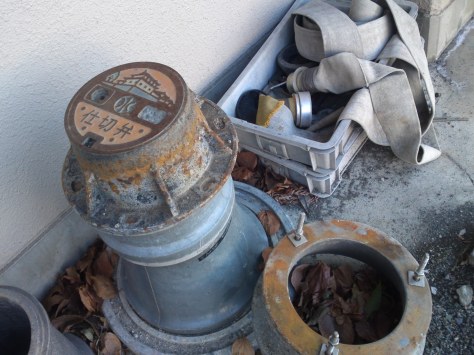


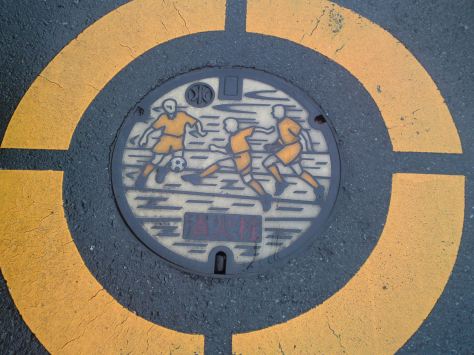



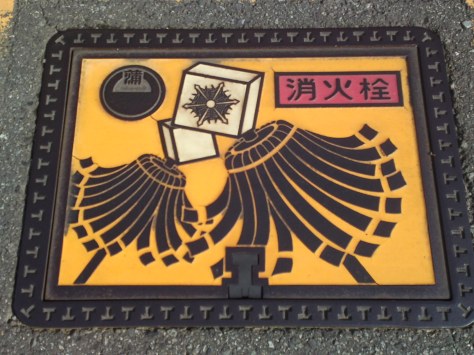


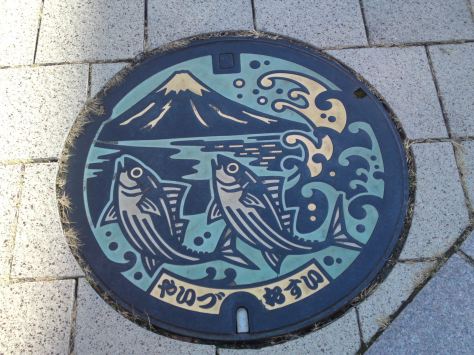

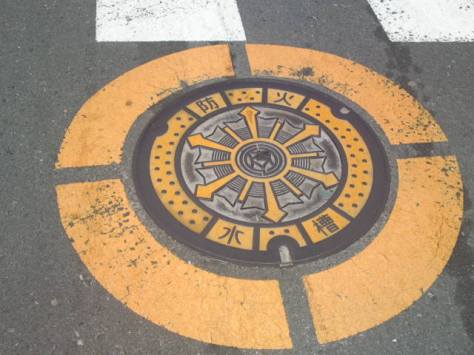


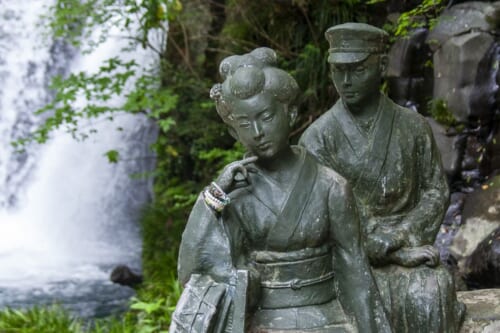
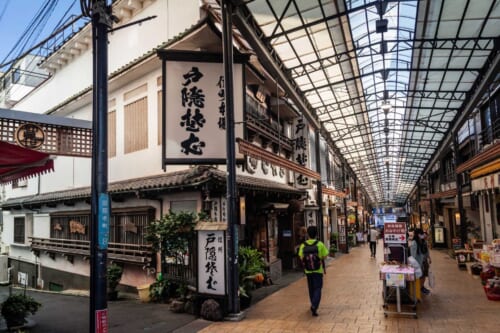
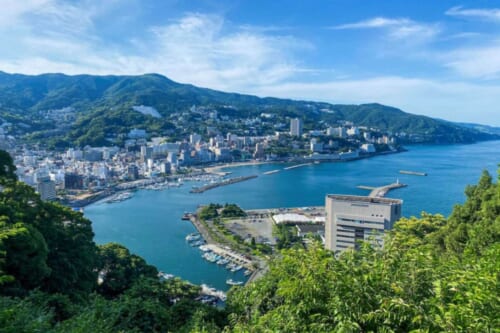
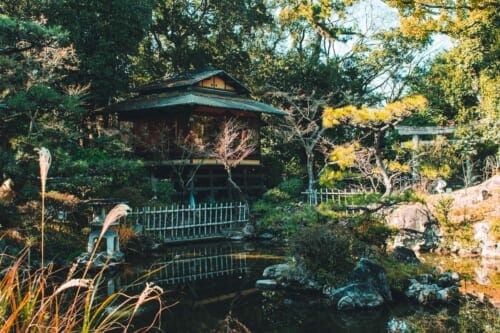

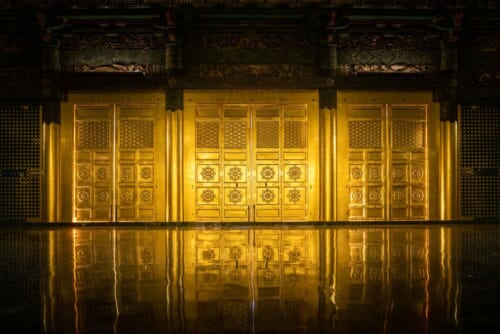

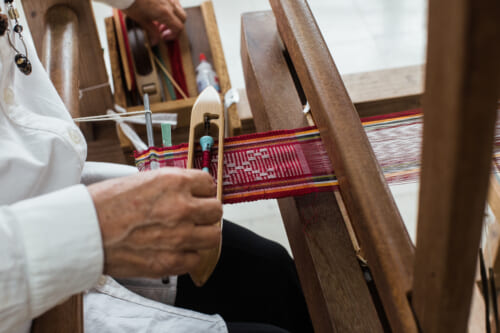
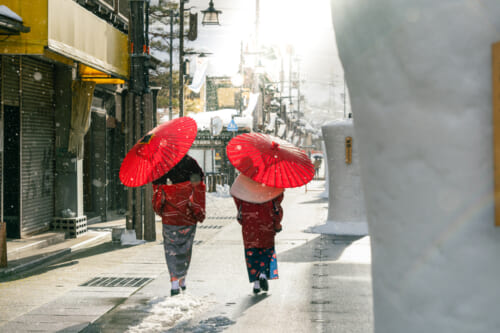


No Comments yet!